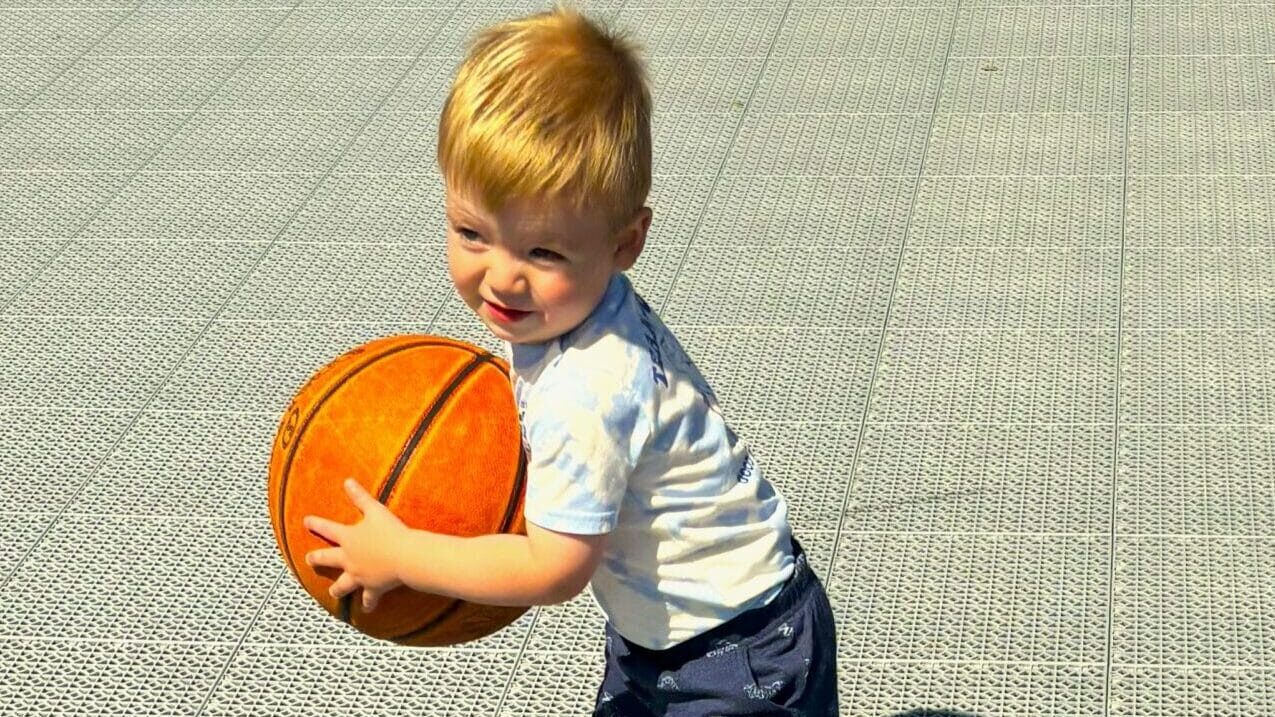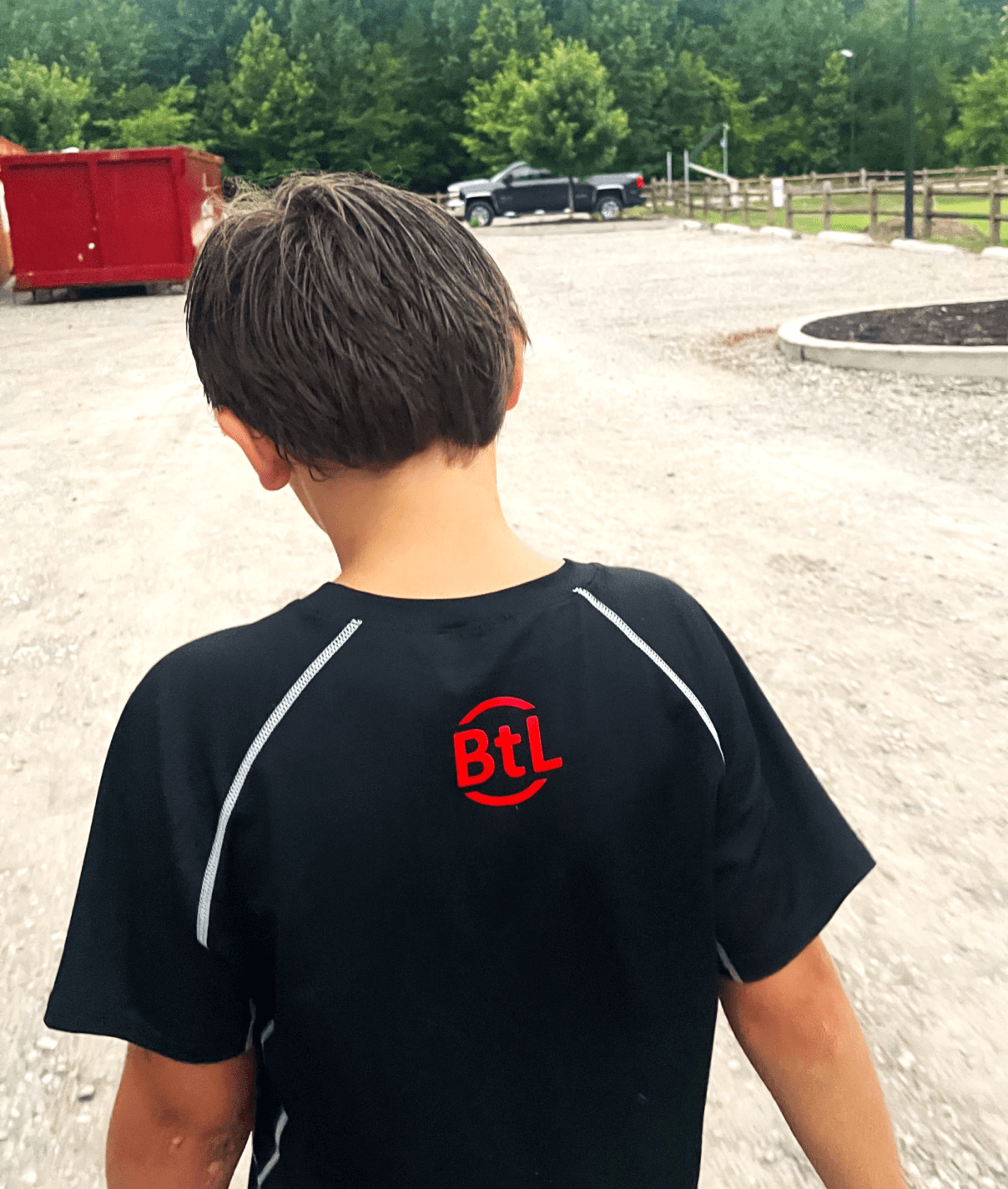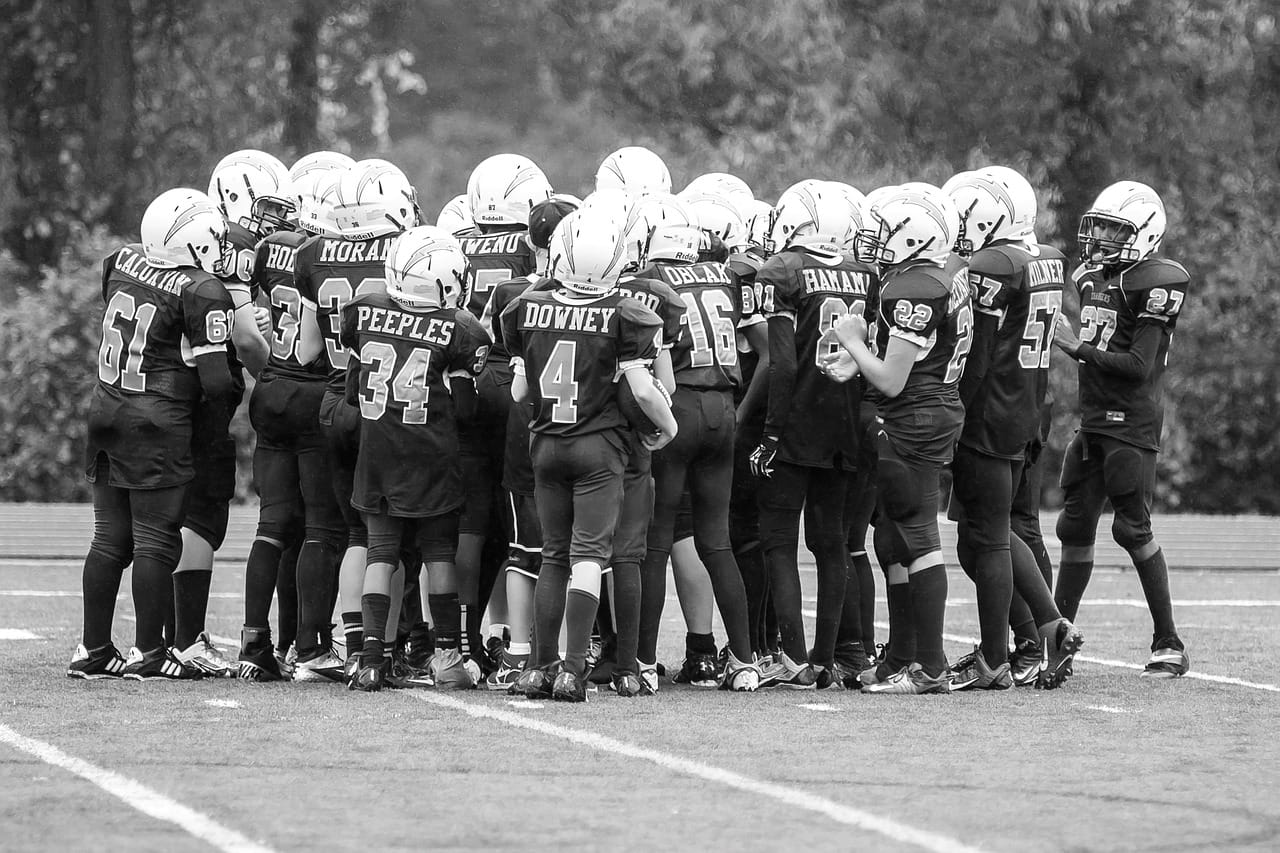Teaching kids how to dribble a basketball is the foundation of their basketball journey. Dribbling is one of the first and most essential skills they will need to learn to play the game effectively. By focusing on the fundamentals, you can help young athletes master the art of dribbling a basketball the right way from the start.

Too often, kids start dribbling without proper guidance. Since dribbling can be practiced almost anywhere, many young players develop bad habits that later need correction. However, if we take the time to teach proper technique from the beginning, we set them up for long-term success on the court.
The Art of Dribbling a Basketball
Dribbling is simple, and it’s important to keep it that way when teaching kids. The key components are the hand, ball, and playing surface. The goal is to help kids develop a soft yet controlled touch, while using their wrist and forearm to propel the ball downward in a consistent, controlled motion. As they become more comfortable, they can work on increasing speed and incorporate more advanced movements.
However, before focusing on advanced dribbling techniques, ensure kids master the fundamentals. Once they build a strong foundation, then they should move to Ball Handling 101: Ball Handling Drills for Beginners.
Key Fundamentals of Dribbling a Basketball
- Use Fingers, Not the Palm – The ball should never touch the palm! Kids should dribble using their fingers and fingertips, keeping them relaxed and loose while dribbling. This will improve ball control and ability to master more difficult ball handling moves.
- Avoid Slapping the Ball – Many beginners tend to slap at the ball with stiff hands and use their entire arm to dribble. As as result, they will have limited control of the ball. To learn to dribble, they must first learn to have soft but controlled hands.
- Engage the Wrist and Forearm – Effective dribbling comes from the hand, wrist, and forearm, not the entire arm. If the bicep is lifting, the ball is likely being dribbled too high or they are slapping at the ball. Encourage players to keep their dribble low and controlled, using the hand, wrist and forearm in a soft, but controlled manner.
Beginner Drill to Master the Art of Dribbling a Basketball
A great way to introduce kids to the proper dribbling motion is to have them practice without a ball first:
- Have them stand with arms at their sides.
- Keep the elbow close to their body while moving a relaxed hand up and down.
- Allow the wrist to flex naturally as the hand moves downward.
- Repeat this motion to get a feel for how dribbling should work.
Once they understand the movement, introduce the basketball and let them practice. However, younger players may need reminders to use their fingertips and avoid slapping the ball. But, as their coordination improves, dribbling will become more natural as they begin to master the art of dribbling a basketball. Provide guidance, but don’t over-instruct—encouragement is key!
Keep It Fun and Engaging
Most importantly, make dribbling fun! The more enjoyable the learning process, the more kids will want to practice. Any chance you get, get out in the driveway or go to the park and let them get the feel for a basketball in their hands. To add an element, try these activities to keep them engaged:
- Dribble challenges – Count how many consecutive dribbles they can do.
- Obstacle courses – Have them dribble around cones or household objects.
- Skill progression – Encourage them to try dribbling between their legs or behind their back as they improve.
When learning is challenging and enjoyable, kids are more likely to develop a lifelong love for the game. By teaching the fundamentals the right way, you’re setting them up for success on and off the court.
BtL
Subscribe to our email list to get our content direct to your inbox!
Follow us on Facebook, Twitter, Instagram and TikTok
To learn more about Ball to Life and our mission, click here.


